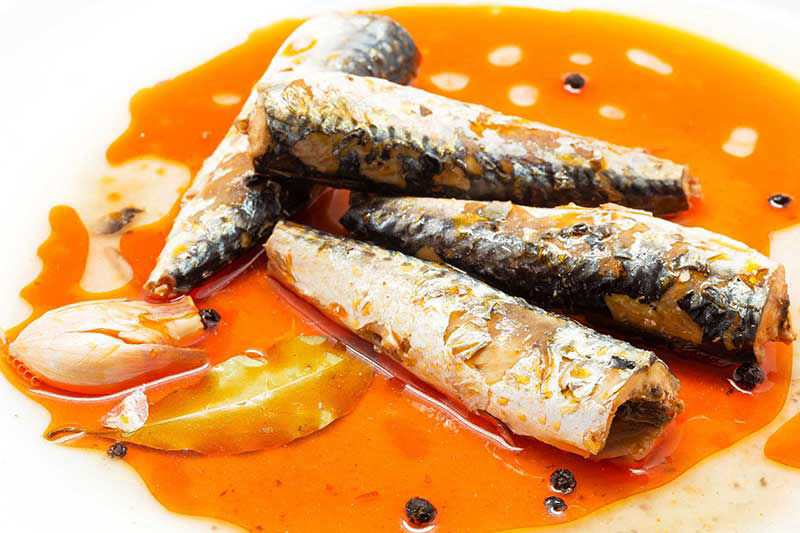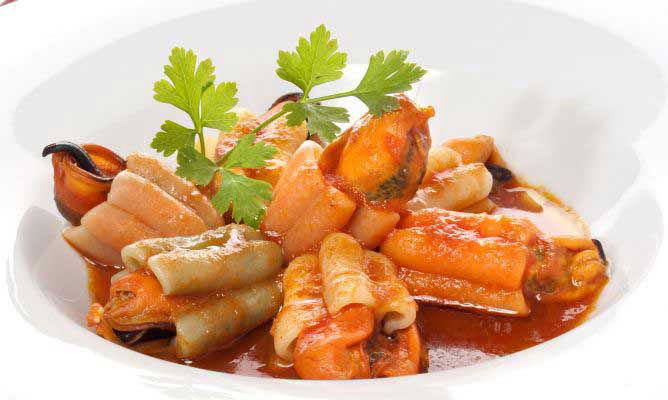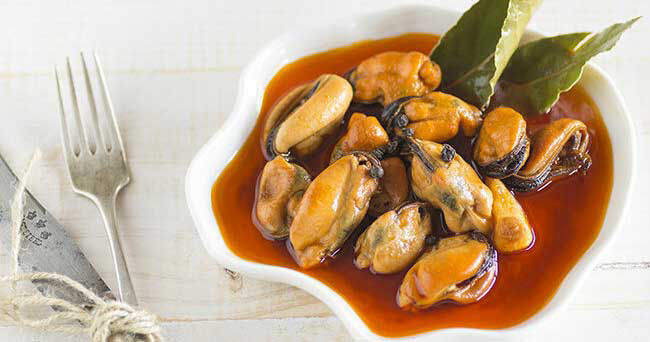Can you vary the classic marinade formula?
The most popular marinade is short-lived, that is, one in which the main ingredient and the marinade per se are cooked together. The classic marinade formula is based on the use of two parts of oil, one of vinegar and one of white wine. To these these elements are added salt, bay leaf, peppercorns and garlic and we have a manual pickle.
However, there are many, many, pickled recipes because, as the wise Spanish proverb says, each teacher has its own booklet (how wise the Spanish proverb is) and that each one adjusts the proportions of the basic elements of the pickle, adds new elements, remove others and make the changes it deems appropriate as appropriate or like.
The most popular marinade is short-lived, that is, one in which the main ingredient and the marinade "per se" are cooked together.
The oil can be used in the quantity, quality and variety that is preferred. Despite what the classic formula indicates, there are pickle recipes in which a small amount of oil is used to brown the main element (chicken, rabbit, partridge, etc.) and nothing else is added. With this, lighter pickles are obtained and the oil consumption is considerably reduced.
The same happens with vinegar, which can be white wine, sherry, apple, flavored, etc. It can also be partially replaced by wine, water, broth or even the juice of a citrus fruit. This would have been unthinkable when pickling was used as a preservation method, but today it is very common. The limited use of vinegar results in softer pickles, perfect for those who are not friends with this ingredient.
There are different types of pepper, but the most common in the preparation of pickles is black. This does not mean that you cannot use white, green, pink pepper, any of its other varieties or a mixture of several. It is generally added in its grain form, but there are those who prefer to use it ground to avoid running the risk of ending up with one between their teeth. It is advisable to be cautious with the quantity, as it is a spice with a powerful flavor that could ruin the final result.
Other spices that can be used in the preparation of pickles are cloves, paprika (mandatory in pickled mussels), cinnamon, nutmeg, chili, etc. The limit is marked by the imagination of each one and the taste of it, of course.
The same goes for garlic, bay leaf, and salt. All of them essential seasonings in the basic formula of the marinade that should be measured with caution. Garlic (peeled) can be added whole, sliced, or minced. Bay leaves are powerful, so be careful with how much to use. And salt ... this is a general song for any dish that we make and not exclusive to pickles.
Although they are not part of the list of classic elements in the preparation of pickles, herbs serve to flavor and flavor. They manage to give a touch of distinction if they are used sparingly, since what is sought is that their presence is guessed without diminishing the main elements. Rosemary, thyme, bay leaf, dill, parsley, among others, whether fresh or dried.


